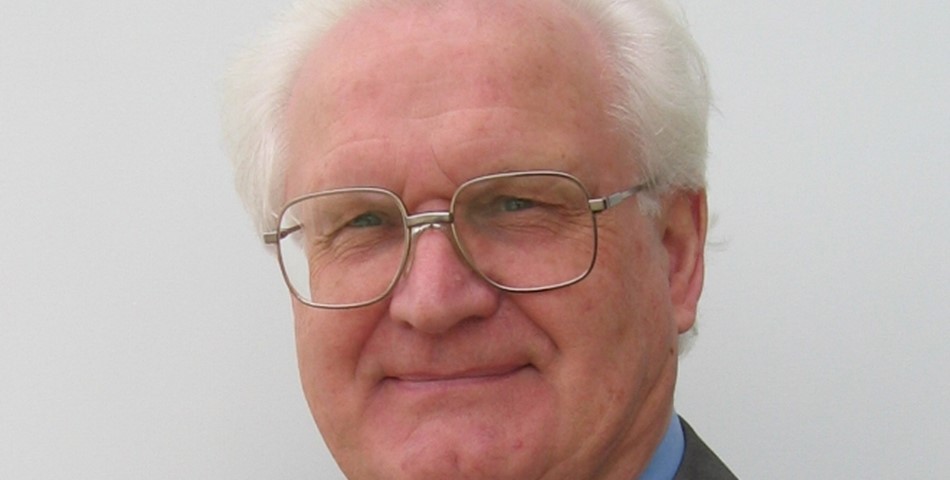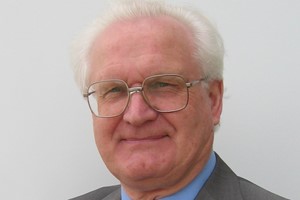The world has very little fresh water and it is running out. At tens of billions of tons yearly, the fresh water of the ice caps is falling into the salty sea which is already 97 percent of the world’s water. Rising sea levels will cause mayhem with the supplies of most of the world’s cities because they sit low down near the sea. Much of India’s water table drops around 0.3 meters a year. Why? Growing population. The barren farms of Syria show what happens when you extract all the ground water. Recycling of water is practiced only by a tiny percentage of the world’s countries.
All this means that desalination gets more competitive even if its cost stays still: the competition such as cleaning river water or lakes or sucking up dying aquifers is either disappearing or getting more expensive. Desalination can work on salt lakes: the Caspian Sea has 70 percent of global inland salt water yet it is almost surrounded by water stressed regions. Actually, inland brackish water is 100 times as abundant as salt lakes and desalination can tackle it using much less energy than is needed for seawater.
So what is not to like? Well in the past desalination has been so expensive that it has been last resort, with Dubai, Saudi Arabia, and Kuwait getting all or most of their water that way because they have no alternative. Desalination plants have got bigger and bigger with costs rising past the USD1 billion level and they have often damaged oceanic wildlife by sucking in fish eggs and so on and spewing out concentrated brine in a poorly controlled way that kills wild life.
In most countries, the most competitive desalination technology remains reverse osmosis using electric pumps where electricity cost can be dominant. Desalination plants have almost always satisfied their huge appetite for electricity by fossil fuel plants on site or behind their grid connection warming the globe with carbon dioxide, some emitting localized poisonous gases as well.
Dr. Peter Harrop
Chairman
IDTechEx Ltd.











